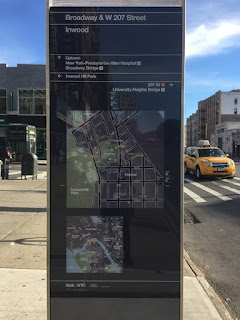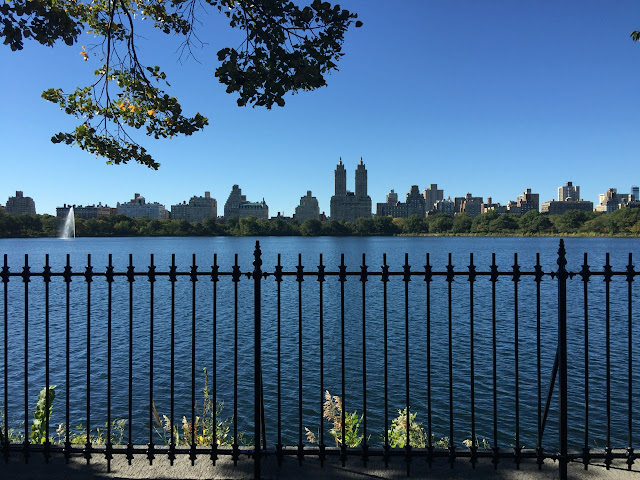Search This Blog
A strolling guide to New York City by writer and photographer Teri Tynes. Active during the years 2007-2021, Walking Off the Big Apple plans new walks away from the city in the summer of 2025.
Posts
Showing posts from 2016
Coming this summer 2025
A Hudson River Camino - a cultural and spirit-filled pilgrimage up river.
For the Wayfarer, Finding Your Way with the WalkNYC Kiosks
- Get link
- X
- Other Apps
From the Atrium to the Oculus: 5 Places to Look Up in Lower Manhattan
- Get link
- X
- Other Apps
Two Sundays in New York: Before and After the Election
- Get link
- X
- Other Apps
A Walk in Central Park from Cedar Hill to W. 69th Street and Central Park West
- Get link
- X
- Other Apps
June 11, 2025 in Beacon, NY

On a day trip from NYC










